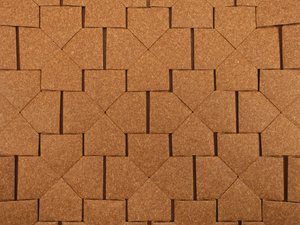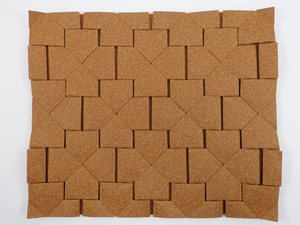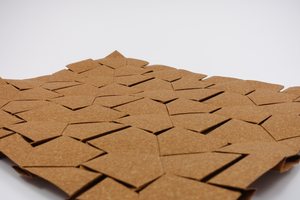Khepera Paper Review





I learned about Khepera from Robin Scholz several years ago and I’ve become a fan of this paper, though I must warn you up-front that it’s good only for some kinds of models. This paper comes in several colors, all of which share a characteristic pattern of lighter speckles. The sheet is very opaque, even against a strong back-light. Overall, I like the way this paper looks very much. As a rare bonus, this paper is thermo-sensitive which means its color darkens when exposed to heat. I don’t know the exact temperature required for the reaction to take place, but it’s certainly higher than what the warm air from a hairdryer can provide. Putting the paper close to an open flame does the job but is rather dangerous for the model for obvious reasons. I haven’t tried using an oven since to get an interesting effect, the point is applying the modification only to some parts and not the whole model.
For the review, I used my experiences from folding Greek Cross Flagstone Tessellation.
Khepera was originally designed as a bookbinding paper, so it’s thick (130 gsm) and strong. This makes it a great paper for corrugations and tessellations with few layers of paper (such as this one) but not too good for folding fine detail. There is a noticeable difference in bending resistance when folding parallel and perpendicular to machine direction (paper grain). This makes folding along diagonals precisely a bit hard since the crease tends to sway a little in the direction parallel to the grain.
When, as is necessary for cleanly precreasing this model, you fold creases that end in the middle of the paper, with the rest of the paper being bent without creasing, some of the crease seeps through to the bent area. It’s not terrible, but worse than with Elephant Hide. On the bright side, while creases on the mountain side are sharp and well-defined, they can be to a large degree “rubbed out” with a bone folder if a crease accidentally goes too far. The paper does not stretch much, so even after lots of precreasing, the sheet remains quite flat and overall precreasing is quite precise.
This paper is quite stiff which makes collapses easy. While it’s not very versatile, it is just great for the kind of models it is good for, such as corrugations. I also like the look very much and consider this paper one of the lesser known, but true gems of the paper industry.
Comments